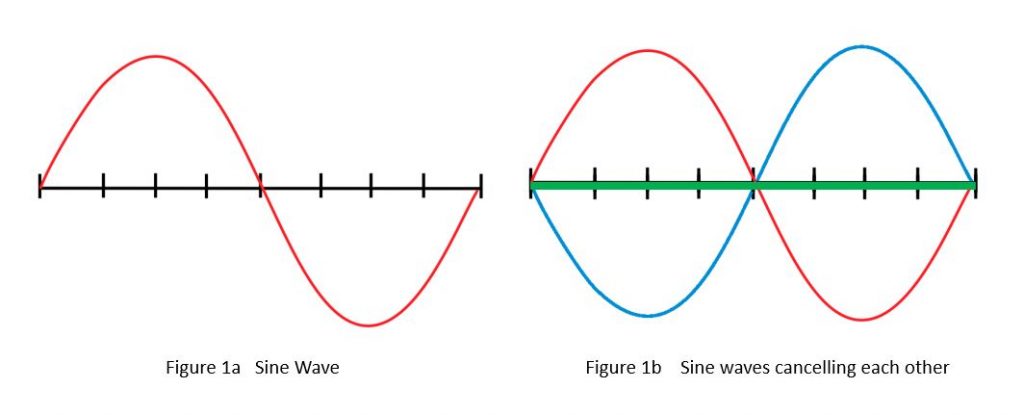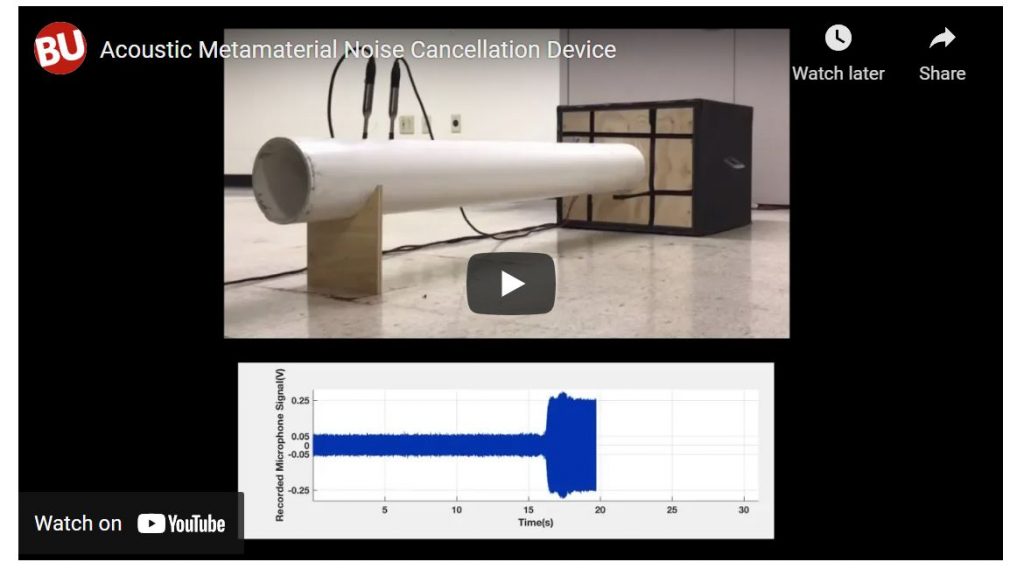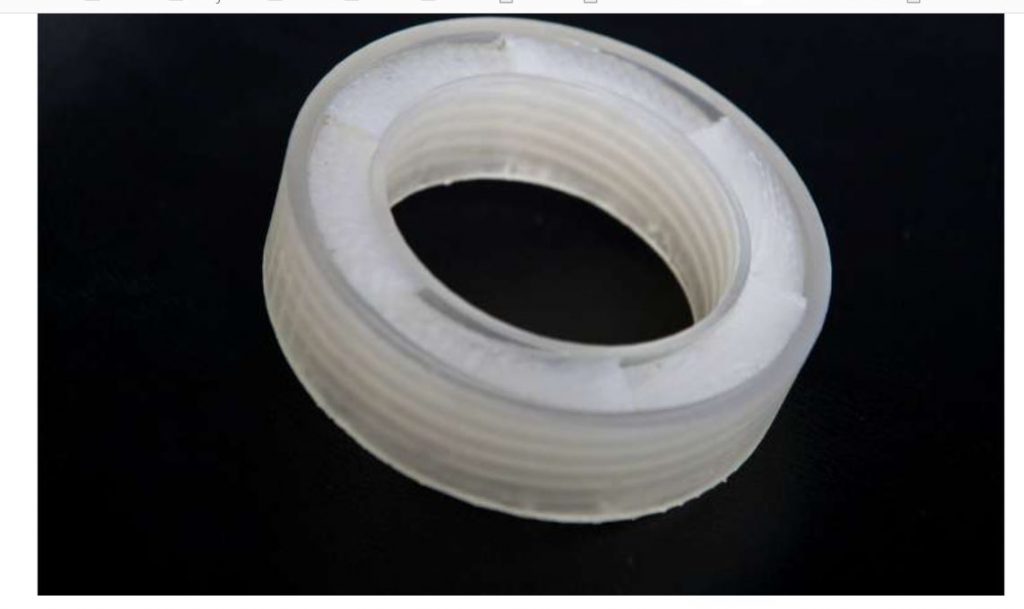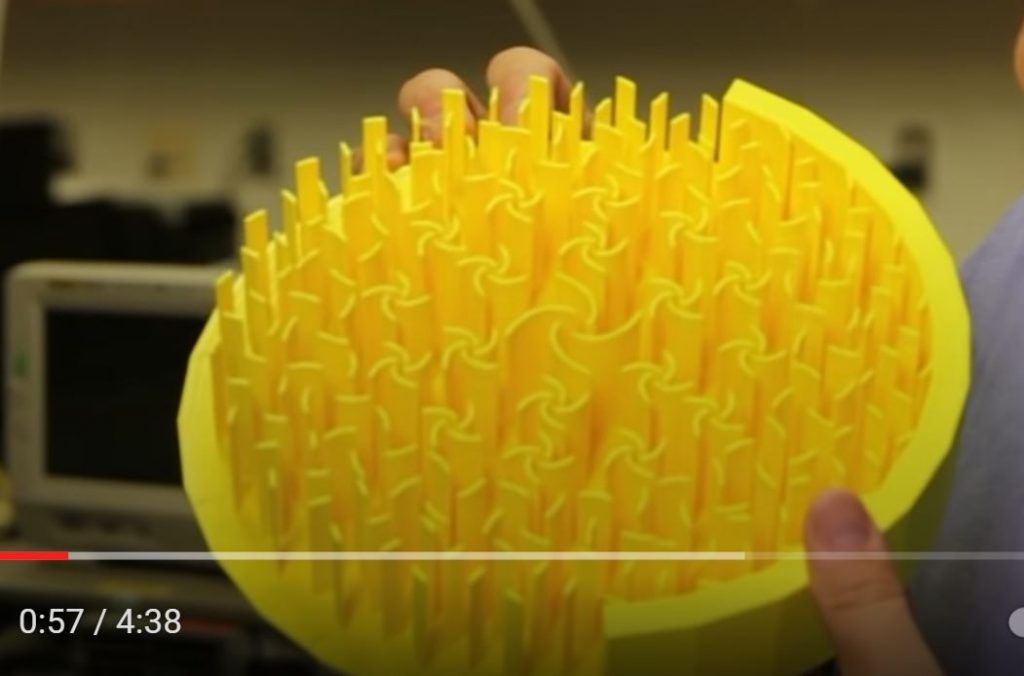Metamaterials are generally determined by suggesting it is a built product that has actually attributes not observed in nature. As the last blog site showed, metamaterials at the nanoscale can be created to work well in the optical and near-optical part of the electro-magnetic spectrum. There are likewise metamaterials that are on the millimeter scale. This blog site will cover adjustment of acoustic waves with metamaterials.
An extremely generalized declaration on metamaterials in the frequency domain is that it is possible to place product in such a way regarding hinder the circulation of the energy. Just like the optical examples in the last couple of blog sites, it is possible to produce structures that act as if they have unfavorable residential or commercial properties of the regular product. A fascinating discussion [Ref. 1] offers a high level of different ways of modifying product residential or commercial properties in order to affect the acoustic (sound) waves.
The function of the metamaterial to customize acoustic waves is produced by establishing geometries that produce stage hold-ups in parts of the wavefront that triggers a cancellation of the wave front. Figure 1a portrays a sinusoidal wave in red. Figure 1b reveals the addition of a 2nd wavefront in blue that is specifically out of stage with the very first wave. The net outcome is the straight green line that is the amount of the 2 waves. More information, consisting of the mathematics included, exist in Referral 2

So the concern is “What can this kind of gadget in fact achieve?” Normally, big and heavy products are used to alleviate sounds. The normally “sound” barriers along the sides of expressways in the cities are a prime example of that technique. However, for people who require protecting operating in a loud environment, heavy and large is not an option. Referral 3 provides deal with a smaller sized, not big roadside structures, scale that was carried out in Teacher Xin Zhang’s Boston University’s laboratory.
So, if one has the mathematics background and the computing power to determine the preferred structure shape, how do you show it works. The scientists chose to produce a structure that would cancel the noise from a speaker. Figure 2 revealed listed below is a photo of the speculative setup. The video link to its operation is Referral 4

The bottom part of the Figure 2 reveals the sound leaving the plastic pipeline and the boost in noise, revealed by the bigger blue location, is apparent when the acoustic silencer is eliminated. Their computations show that they have actually decreased the sound level by 94%.
What does that acoustic “plug” appear like. The image listed below, Figure 3, is the plug, which is a 3D printed metamaterial, that customizes acoustic waves in the video in Figure 2 [Ref. 4]

While this structure seems basic, the real internal was not illustrated in any of the short articles on their work. In order to achieve the sound cancelling, the structure is complex. There is a video from Duke University [Ref. 5] that offers a description of the adjustment of acoustic waves. Figure 4 listed below is a photo from the video in Referral 5 with the scientists explaining how the various shapes and lengths affect the noise in order to customize it.

Clearly, the structure needs some major style computations. The capability to alter the residential or commercial properties of acoustic waves with metamaterials that are big in size is because of the reality that acoustic waves have actually wavelengths determined in inches.
It is possible that these kinds of gadgets might change the heavy noise obstructing partitions along highways with lighter and perhaps less expensive particularly created to decrease traffic sounds while allowing more conventional area noises.
Referrals: